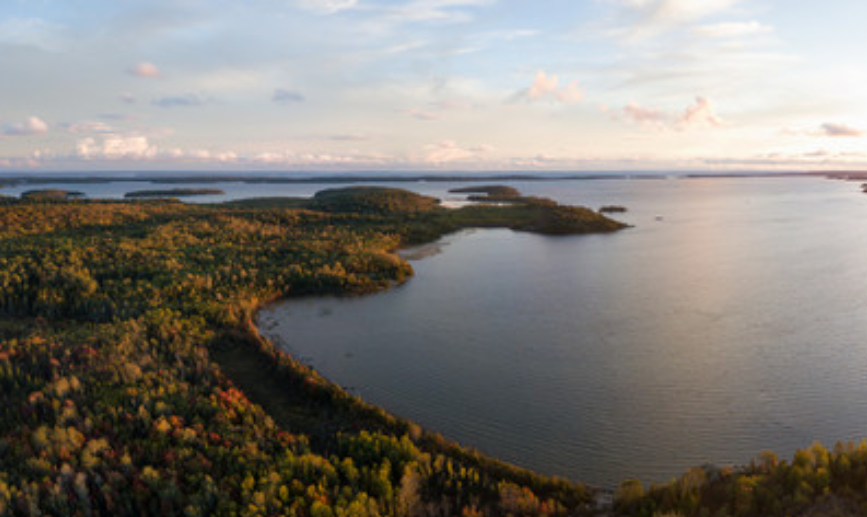The Western Australian Government’s Abandoned Mines Program is celebrating its 10-year anniversary.
Launched in 2015, the Department of Mines, Petroleum and Exploration program plays a central role in identifying, managing, and rehabilitating abandoned mine sites across the state.
With more than 150 years of mining history, WA has inherited tens of thousands of abandoned mine features – open shafts, pit voids, and waste rock landforms among them. The program has worked towards turning former mining hazards into stable, safe and valuable land for the community and industry.
The program is supported by the Mining Rehabilitation Fund, which receives annual contributions from active mining operators, and provides a dedicated, ongoing source of funds for rehabilitating legacy sites and those left without a responsible party.
The past 10 years have seen the program’s scope grow from the initial four pilot projects to today’s portfolio of nine active project locations, two investigative projects, and two projects in planning spread across regional WA. The program has worked towards ensuring high-risk sites are being stabilised or made safe by closing shafts, reshaping landforms, and reducing danger to communities and the environment.
The program has also developed an abandoned mines inventory, a comprehensive database developed by the Geological Survey of Western Australia (GSWA) containing more than 192,000 records. The inventory informs the abandoned mines prioritisation tool, which aims to utilise a risk-based approach focused on health, safety, environmental and heritage impacts.
The program has fostered collaboration with Traditional Owners, Aboriginal people on-Country and stakeholders through works undertaken on abandoned mines projects. It has also enabled training opportunities through the Ellendale project, with high levels of Indigenous participation.
Want to connect with the mining industry? Register to attend AIMEX and WA Mining Conference.




